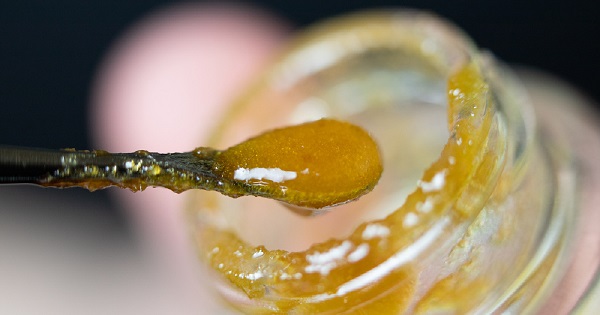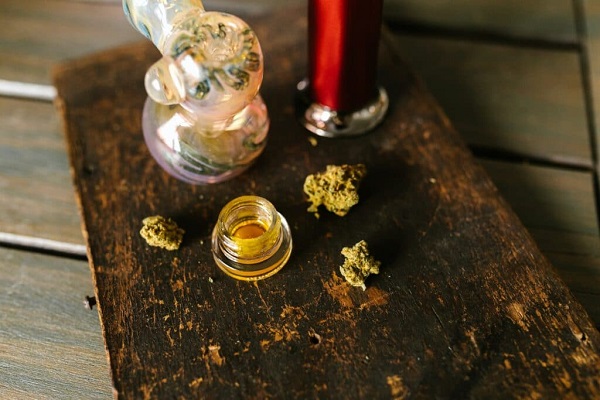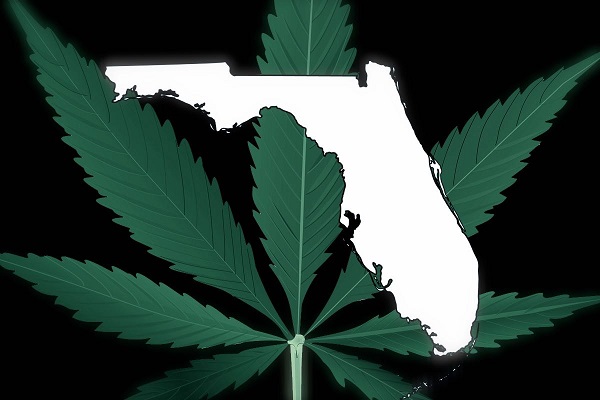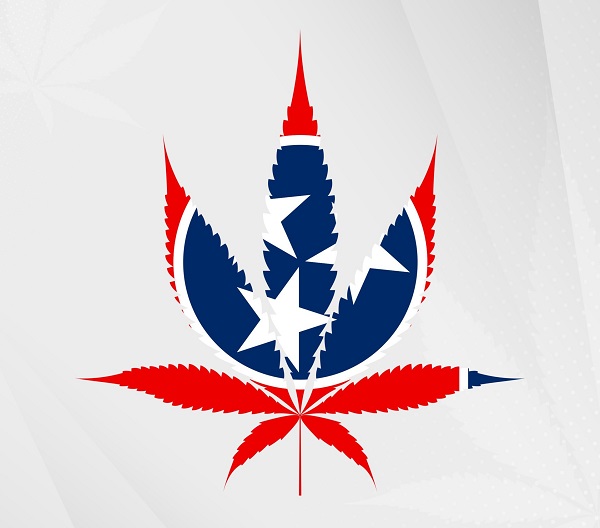In recent years, the world of cannabis has experienced a revolution, driven by advancements in cultivation, extraction, and consumption techniques. Among the many innovations, one particular method has taken center stage for its potency and rapid rise in popularity – THC Dabbing.
Gone are the days when rolling a joint was the preferred way to consume cannabis. As the industry evolves and diversifies, enthusiasts and medical users alike are turning to concentrates for a more intense and efficient experience. THC Dab, short for THC Dabbing, represents a new frontier in cannabis consumption, harnessing the full power of the plant’s psychoactive compound, tetrahydrocannabinol (THC).
In this article, we delve deep into the world of THC Dab.
What is a marijuana dab?

Dab weed, also known as cannabis concentrate, has gained popularity among marijuana users for its high potency and rapid effects. The main extract used in weed dab is Butane Hash Oil (BHO), a concentrated form of marijuana that is extracted using butane as a solvent. This extraction process involves passing butane through the marijuana plant material to dissolve the cannabinoids and other desirable compounds, resulting in a highly potent and concentrated product.
However, the use of butane in the extraction process poses significant risks due to its extreme flammability. The butane gas can easily ignite if exposed to an open flame, sparks, or even static electricity, leading to potentially dangerous explosions. As a result, the extraction process requires careful handling and should only be conducted in well-ventilated areas by experienced individuals who are well aware of the potential risks involved.
Once the extraction is complete, the next step is to remove the residual butane from the concentrate. This is typically achieved through a process called “purging,” where the BHO is subjected to low heat and vacuum conditions to evaporate the butane safely. The final product is a sticky, resinous substance with an amber to dark brown color and a powerful aroma.
The consistency of the dab can vary depending on various factors, such as the specific strain of marijuana used, the extraction method, and the purging process. Different consistencies have led to different names for BHO or dab, including Honeycomb, Earwax, Budder, Honey oil, Wax, Shatter, Black glass, Errl, and Live resin.
One of the significant attractions of dab weed is its remarkably high THC content. While regular marijuana typically contains around 12 to 13 percent THC, dab concentrates can reach THC levels of 50 to 80 percent or even higher. This means that a smaller amount of the substance is needed to achieve the desired effects compared to traditional marijuana use.
However, the elevated THC levels also mean that the effects of dabbing can be much more potent and intense. Users should exercise caution when trying cannabis dab for the first time, as the high can be overwhelming for those not accustomed to such high THC concentrations. Additionally, the increased potency of weed dab can lead to stronger side effects, such as anxiety, paranoia, and impaired cognitive function, especially if consumed in excessive amounts.
What is Dabbing?
Butane Hash Oil (BHO) offers various consumption methods, catering to the preferences of cannabis users. Commonly, BHO is smoked using different devices, including water pipes, oil pipes, and glass bongs. Additionally, the rise of modern technology has led to the popularity of using e-cigarettes or vaporizers to vape dabs, presenting an odorless and smokeless option that is easy to conceal, making it appealing to many.
Beyond traditional smoking and vaping, BHO can be incorporated into edibles, adding versatility to its use. When BHO is infused into food or drinks, it allows individuals to consume highly concentrated THC in a discreet manner. However, caution must be exercised, as this method can lead to a more potent high than smoking or vaping the substance.
Effects & Risks of Dabbing

Dabbing can lead to more pronounced physical and psychological effects compared to regular cannabis use. An alarming article published in Pediatrics highlights that dabbing involves heating the paraphernalia holding the concentrate to temperatures exceeding 400 degrees Celsius, presenting serious risks beyond just burns and fire hazards.
Inhaling vapors at such extreme temperatures can expose the individual to harmful substances like benzene, rust particles, and offgassing solder, all of which are associated with long-term health hazards.
The creation of Butane Hash Oil (BHO) involves the use of flammable butane, making it susceptible to dangerous explosions, akin to the hazards of manufacturing methamphetamine. A study from the Journal of Medical Toxicology analyzed cases of BHO burns and found that patients had burns covering a median of 10 percent of their total body surface area. Hospital stays lasted a median of 10 days, with more than 20 percent requiring intubation to protect their airways, and over 60 percent needing skin grafting.
Despite the alarming evidence, the side effects and potential risks of dabbing remain inadequately understood due to a lack of comprehensive research. Speculations suggest that dabbing might be associated with a higher risk of falls, accidents, and loss of consciousness compared to regular marijuana use. However, further investigation is imperative to fully comprehend the impact of dabbing on users’ health and safety.
Dab abuse and withdrawal
The use of marijuana during adolescence can have detrimental effects on brain development and is associated with an increased risk of psychosis, a concerning trend that also extends to dabbing.
Research indicates that dabbing can lead to similar consequences. A study revealed that individuals who engage in dabbing reported higher tolerance and withdrawal symptoms, suggesting that dabbing may elevate the risk of addiction or dependence compared to traditional marijuana use.
Withdrawal from marijuana, including dabbing, can give rise to various uncomfortable symptoms, such as irritability, anxiety, restlessness, and depression. Additionally, individuals may experience insomnia and fatigue, changes in appetite, sweating, fever, and chills. Headaches, stomach pain, and shaking can also be part of the withdrawal experience.
These withdrawal symptoms can make it challenging for individuals to cease dabbing or marijuana use, leading to continued dependence and potential difficulty in breaking free from the habit. It is essential to recognize the potential risks associated with dabbing and marijuana use, especially among teenagers.
Treatment for cannabis use disorder
In society’s haze, the misguided notion that marijuana is non-addictive can lead individuals and their loved ones to overlook the need for treatment. Recognizing the signs of this disorder is essential to initiate the healing process:
- Persistently using cannabis despite relationship or social conflicts caused by it.
- Sacrificing or reducing other activities to accommodate marijuana use.
- Engaging in risky situations while under the influence.
- Ignoring significant consequences and continuing marijuana use.
- Exceeding intended usage or consuming larger quantities.
- Unsuccessful attempts to cut down or stop marijuana use.
- Devoting excessive time to obtaining, using, or recovering from cannabis.
- Experiencing intense cravings for marijuana.
- Developing tolerance and experiencing withdrawal symptoms.
However, there is hope and help available for those ensnared in the clutches of marijuana addiction. The journey to recovery begins with evidence-based treatments tailored to cannabis use disorder. The most promising results stem from a combination of cognitive behavioral therapy, motivational enhancement therapy, and contingency management. These interventions serve as beacons, guiding individuals away from the allure of dabbing and other marijuana use, while also fostering improved daily functioning.
If you or a loved one suspect marijuana addiction, do not hesitate to seek evaluation by a seasoned professional. Seeking treatment is a brave step toward reclaiming control of one’s life.
Final Thought
In delving into the realm of THC Dab, it becomes apparent that this concentrated form of marijuana, while enticing to some, demands a cautious approach and respect for its potency. As with any substance, knowledge and awareness are paramount to ensure responsible use and minimize potential risks.












